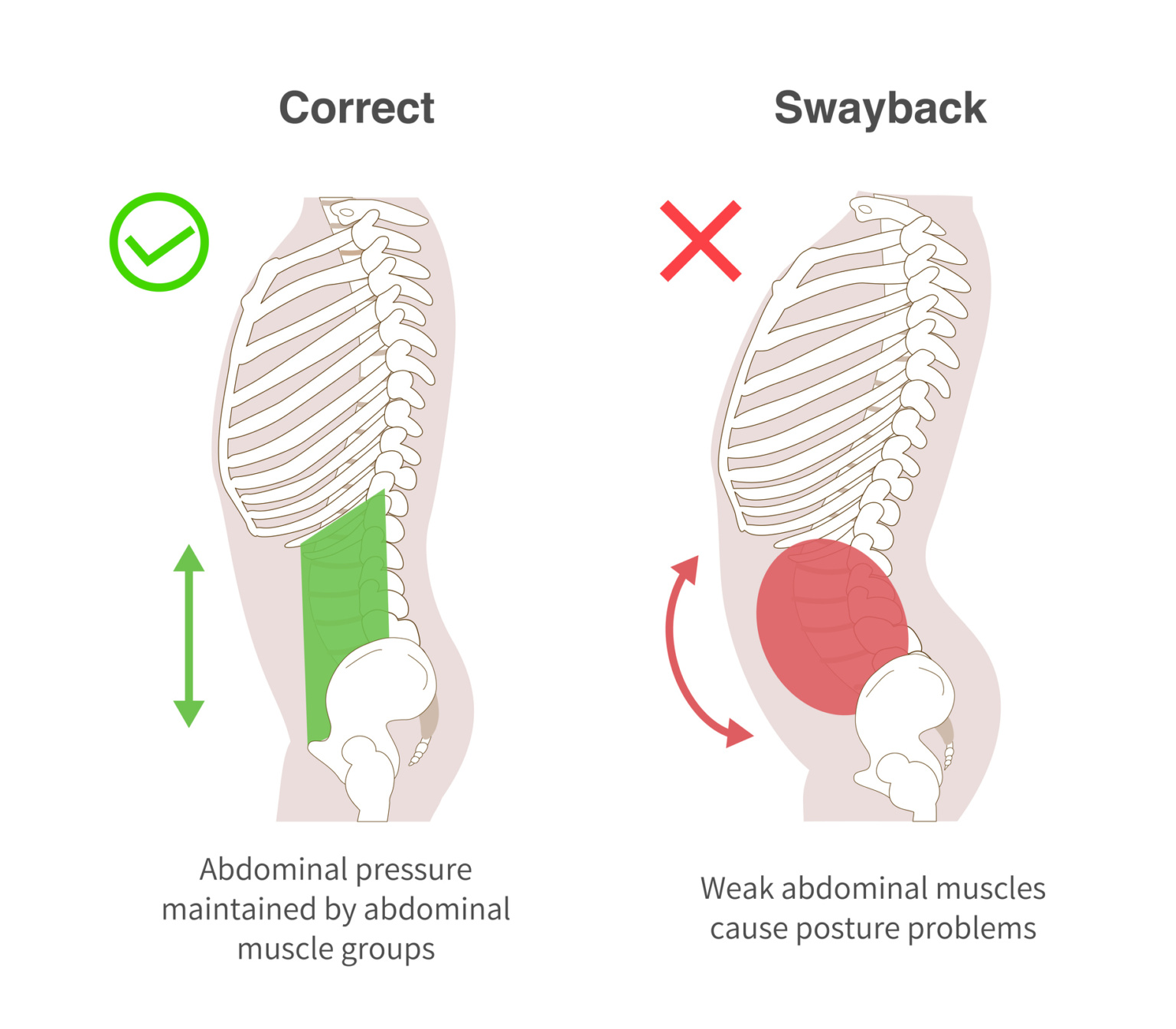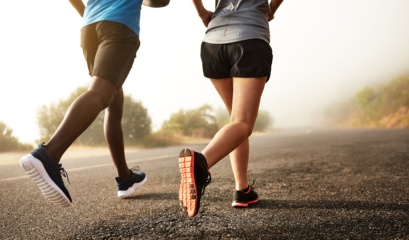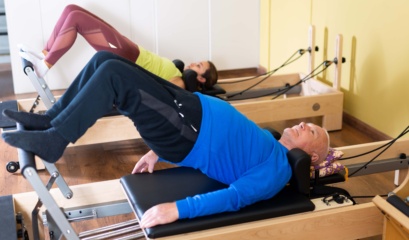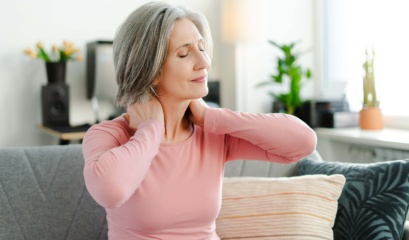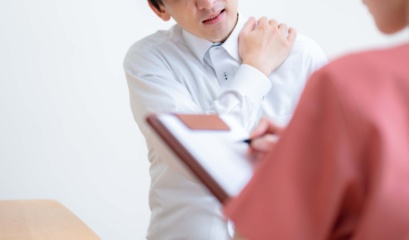Lordosis – also known as swayback – refers to the natural forward curve of the spine in the neck (cervical spine) and lower back (lumbar spine). It is essential for maintaining posture and absorbing shock during movement, however, when these spinal areas curve more than normal, it results in a condition also termed lordotic curve or hyperlordosis.
This excessive curving can negatively affect posture and cause pain. Normal curvature ranges from 20-35 degrees in the cervical spine and the lumbar ranges between 40-60. While lordosis is a typical spinal feature, it’s in extreme cases that it requires intervention. Most individuals, particularly children, do not need extensive treatment as children often outgrow this condition.
Types of Lordosis
There are two primary types of lordosis: cervical and lumbar lordosis, affecting their respective parts of the spine (the neck and lower back respectively). These are then further subdivided into five secondary categories:
1. Postural Lordosis
Often linked to being overweight and having weak abdominal and back muscles.
Excess weight in the stomach area pulls the back forward, and weak muscles fail to support the spine properly, leading to a forward curvature.
2. Post-Surgical Hyperlordosis
Occurs following a laminectomy, a type of surgery where parts of vertebrae are removed, usually due to chronic ongoing lower back pain. This procedure can destabilise the spine and excessively increase its curvature.
3. Secondary Lordosis
This type of lordosis arises as a consequence of other conditions, which may include spinal curvatures like kyphosis or scoliosis, or issues affecting the hip joints. The spine’s alignment is disrupted due to these underlying conditions, leading to an exaggerated inward curvature.
4. Congenital/Traumatic Lordosis
Congenital lordosis arises from injuries such as fractures or sports injuries in children. In some cases, congenital defects in spine development lead to weakened links in the spinal structure, resulting in a condition known as spondylolysis. Requires rest and limited movement for healing to prevent vertebrae slippage and nerve pinching.
5. Neuromuscular Lordosis
Neuromuscular lordosis is caused by various conditions, including muscular dystrophy and cerebral palsy, each affecting spinal curvature in different ways. Treatment options vary based on the specific neuromuscular disorder.
Symptoms of Lordosis
Lordosis is defined by an exaggerated inward curve of the spine. This pronounced curvature can manifest physically, often causing the buttocks and stomach area to protrude noticeably, hence the nickname of swayback posture. Due to the spinal curve, individuals with lordosis might struggle to lie flat on the floor comfortably.
While lordosis frequently alters one’s appearance, many cases do not result in physical discomfort and as such do not necessarily require treatment. However, in severe instances, lordosis can lead to a range of symptoms, including:
- Persistent back or neck pain, which may become more pronounced with certain activities or postures.
- Sciatica, or pain that radiates down the legs and feet, often stemming from nerve compression.
- Tingling or numbness in the affected areas, indicating nerve involvement.
In rare and more serious cases, lordosis can lead to neurological symptoms such as loss of bladder or bowel control, or sudden, severe leg pain or weakness. These symptoms are indicative of significant nerve involvement and require immediate medical attention. It is important for individuals experiencing such symptoms to seek evaluation and treatment to prevent further complications.
Causes
1. Poor Posture
Prolonged periods of sitting or standing with poor posture can contribute to the development of lordosis. Learn how to fix your posture.
2. Muscle Imbalances
Weakness or tightness in certain muscle groups, such as the hip flexors or abdominal muscles, can impact the alignment of the spine.
3. Obesity
Excess weight can put additional strain on the lower back, contributing to an increased lordotic curve.
Treatment
It’s important to remember that most people with lordosis won’t need formal treatment. If your symptoms are already severe, talk to a healthcare professional immediately. But if you aren’t experiencing severe symptoms, here are some activities you can do at home:
- Engaging in regular physical activity, particularly exercises that strengthen the core and hip muscles, can help address muscle imbalances and support a healthier spine.
- Being mindful of your posture throughout the day, whether sitting or standing, is crucial for preventing and managing lordosis. Check out our blog on how to fix posture to find out more!
- Maintaining a healthy weight can reduce the strain on the lower back and support overall spinal health.
If you’ve tried the above but your lordosis doesn’t improve or your symptoms worsen, talk to a professional immediately.
Benchmark Physio Is Here to Help
At Benchmark Physio, we understand the complexities and challenges that come with conditions like lordosis. Our team of experienced physiotherapists is dedicated to providing comprehensive care tailored to your unique needs. Whether you’re experiencing mild discomfort or more severe symptoms associated with lordosis, we’re here to offer effective treatment options and supportive care. Contact us today.


